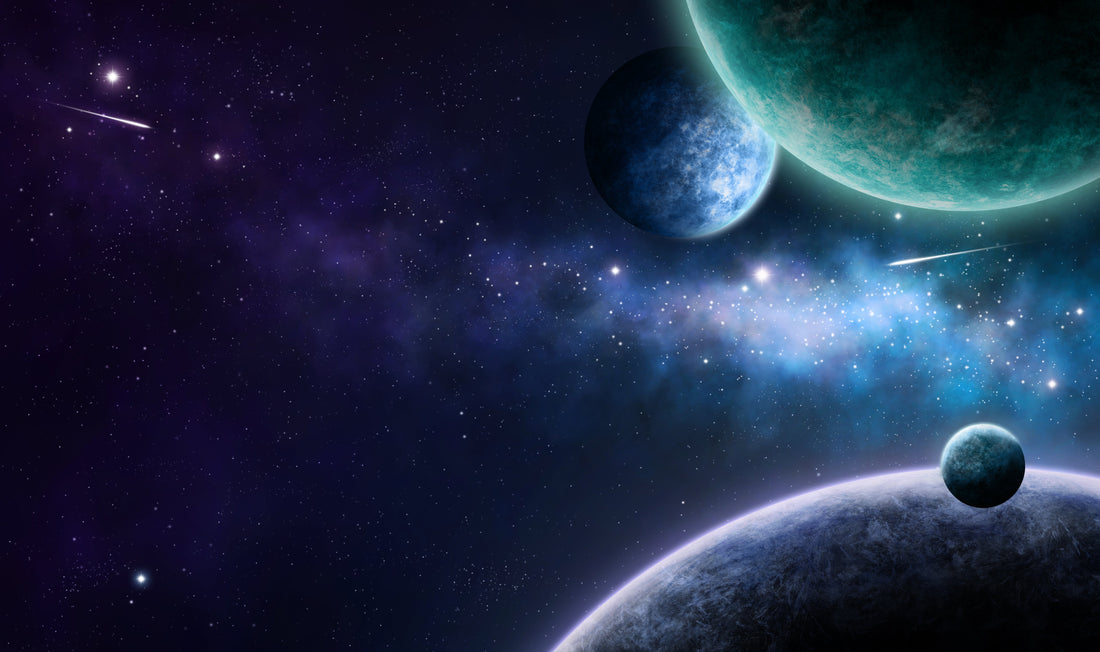
Is this missing from your fantasy worldbuilding?
"Are you really telling fantasy writers to start with planets and stars?"
We get comments like this on social media sometimes. The value of developing planets and stars is as obvious for sci-fi writers as an asteroid slamming into the ocean. But fantasy writers should think about these worldbuilding elements too! Here's why.
Many fantasy worlds are similar to Earth in that they follow the same laws of physics with added magic.
The continents might be different, but the type of planet, the sun, the lengths of days, etc, are all the same as our familiar world.
Then, there are fantasy worlds that are not like Earth at all.
For example, in Under the Pendulum Sun by Jeannette Ng, the sun is, well, a pendulum that swings on a long rope.
In the Discworld series by Terry Pratchett, the world is, well, a disc resting on the backs of four elephants standing on a turtle.
(Naming your book or series after its unique worldbuilding element is optional).
Brainstorming ideas for your world's planet and sun offers a chance to get creative and develop your world in new and unexpected ways. Exploring possibilities means you'll find the one that is right for your novel.
You might decide that an earth-like world is the best fit for the story you want to tell. For example, if your book is about an orc opening a coffee shop like in Legends and Lattes, a pendulum sky might be a distraction from the main story.
So, when creating your fantasy world, take a bit of time to think about its planet and sun. You might decide that an earth-like one is perfect for your world. In this case, skip that chapter in the Essential Worldbuilding Guide.
Or you might discover the missing piece to make your world and plot come together.